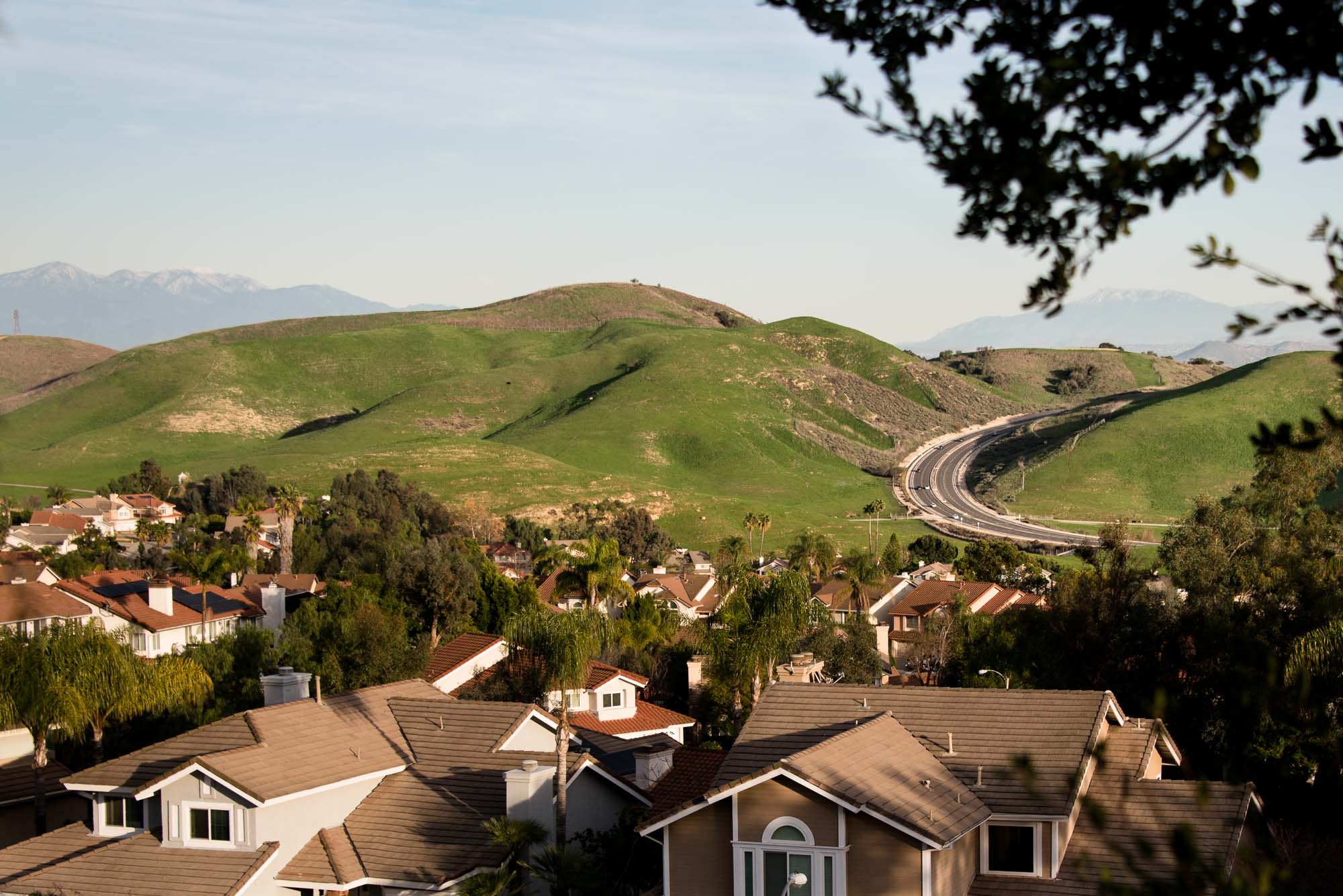Responsible Land Use

One family did and shares its concerns
“LOOK, there’s Tres Hermanos Ranch!” For years, my husband, Jim, or I would invite our daughters to stare at the vast rolling hillsides as we drove along Grand Avenue between Diamond Bar and Chino Hills. As they craned their necks to look out the window, they would describe their mental snapshots. A family of cows. Glowing yellow mustard plants. Hills like the shoulders of giants. Now that they are young adults, we still ask them to take a long look, although they poke fun at us for acting like it could be their last. Instead of playful fantasies about giants, elves and dwarves hidden by the hills, we warn them of the reality that Tres Hermanos may someday be developed into another housing tract or shopping center. We repeatedly remind ourselves to resist the complacency that could allow this land to just disappear into memory.
25 years ago, we purchased our first home in Diamond Bar after we fell in love with its rustic landscape and character. Our daughters grew up listening to the sound of cows and connected the seasons to the color of the hills. Now, we are surrounded by idling trucks, giant warehouses, rows of stores and miles of asphalt. How long until Tres Hermanos meets the same fate?
Currently, a portion of this unique land in Diamond Bar is zoned for high-density housing. During the past Housing Element Update that began in 2008, the state required Diamond Bar to identify and rezone lands to meet its fair share of affordable housing. The city had initially provided the state an inventory of underutilized sites (including the former Kmart shopping area) that were possible options for infill development of new housing with mixed-uses; however, the state required the city to commit to rezone a specific number of acres and identify these parcels. Though the state allows the city the option to rezone and promote infill to meet the affordable housing quota, the city’s finalized Housing Element in 2011 rezoned 15 acres of Tres Hermanos at 30 dwelling units/acre. The city’s meeting records lacked a detailed discussion about this choice, but it should not be surprising since as far back as 2006, the city records show it was classified as an “economic opportunity site” while the land was owned by City of Industry. In 2019, City of Industry faced public outcry and a litigation battle with neighboring cities when it announced its plan to convert it to a solar farm.
Under the settlement agreement between Diamond Bar, Chino Hills and City of Industry, ownership of THR was transferred to the Tres Hermanos Conservation Authority “in which all three cities would have representation” to plan for its future. The land is now under a deed restriction, limiting the use for “open space, public use or preservation.” However, the “public use” language of the restriction is not well-defined and could allow for housing if leaders deems it is in the public’s interest. Though no development plans on this land have been approved, the fact remains that it is zoned for development.
There are those who would argue that the development of natural open space is inevitable and necessary for our progress. But, at what cost? Its fate will shape our future forever.
-Grace Lim-Hayes